The Ha Giang Loop is one of the most thrilling and scenic road trips in Vietnam. Known for its dramatic landscapes, winding roads, and remote villages, this adventure attracts travelers from all over the world. However, before setting out on this journey, it's important to consider how challenging it might be. So, how hard is the Ha Giang Loop? Let’s break it down.
Recommended Tours for You:
Distance and Duration of the Ha Giang Loop
The Ha Giang Loop is about 300-350 kilometers long, depending on the route you choose. Typically, it takes 3 to 4 days to complete the loop, though some experienced travelers manage to do it in two days. The road can be quite challenging, especially in terms of terrain and weather conditions. While the route is well-traveled, expect to encounter steep inclines, sharp curves, and sometimes slippery roads, especially during the rainy season.
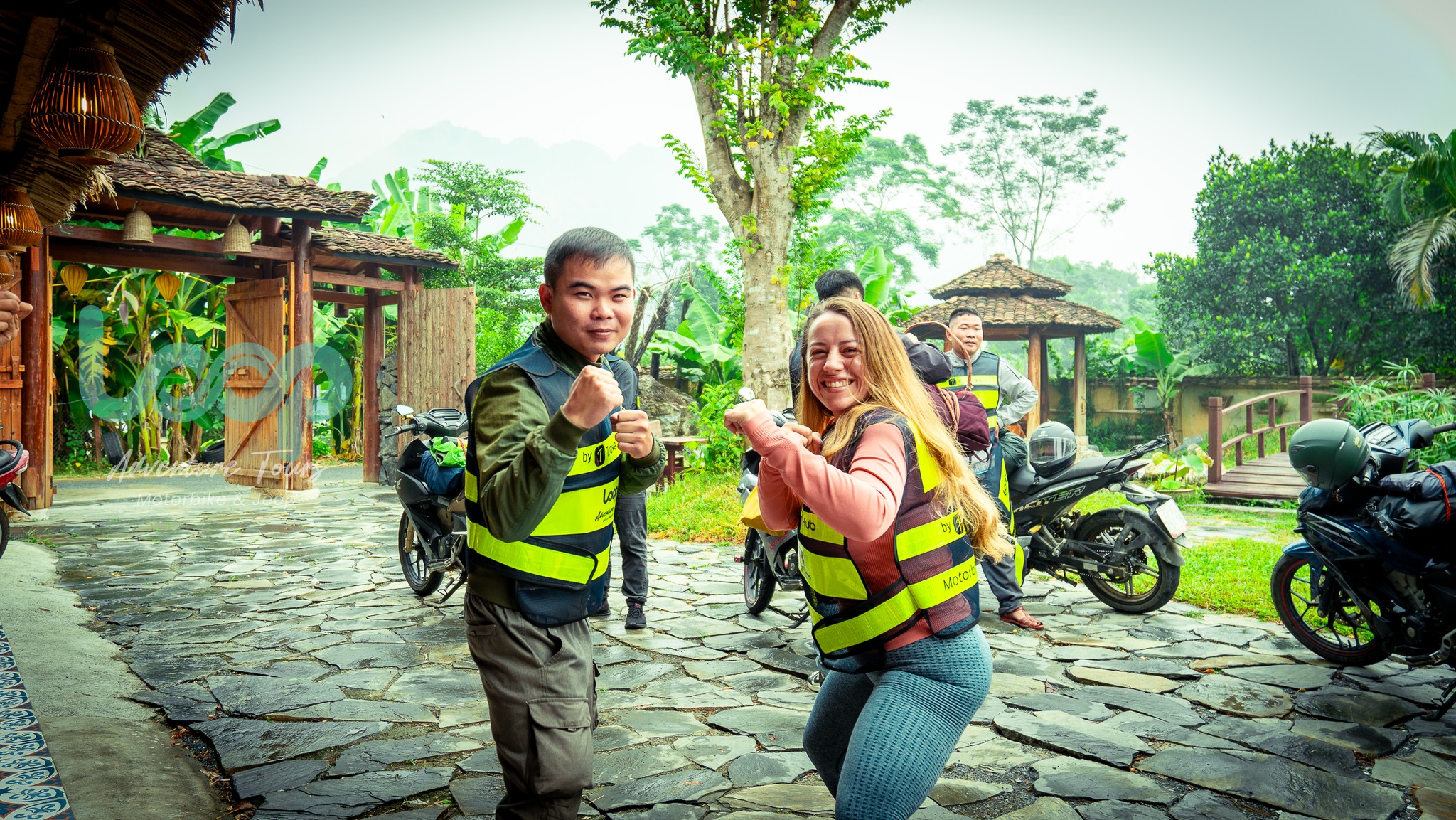
Is the Ha Giang Loop Difficult to Ride?
For most travelers, riding the Ha Giang Loop can be difficult, but not impossible. The loop is suitable for intermediate riders, but beginners may find it challenging due to the narrow, winding roads and the steep climbs in some areas. The route includes several high mountain passes, such as Mã Pí Lèng Pass, which offers incredible views but requires careful handling.
The road conditions can vary greatly, from paved stretches to rough gravel roads. Riding on gravel or muddy roads requires a higher level of skill and caution. If you are not confident in your riding abilities, consider hiring a local guide or taking a guided tour to ensure safety.
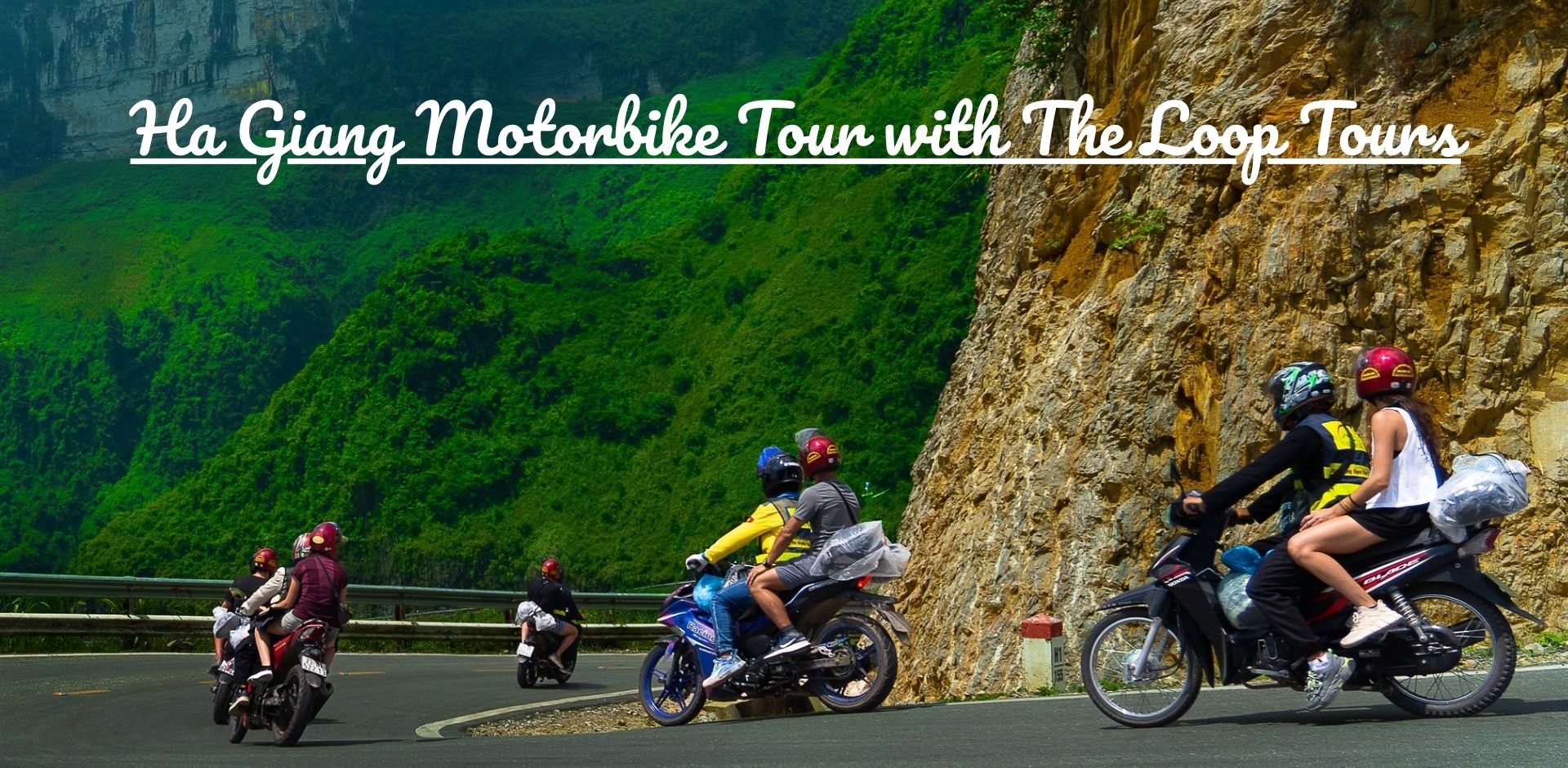
Weather Challenges
The weather can make the Ha Giang Loop either easier or more difficult, depending on the time of year. During the dry months (from October to April), the roads are generally better and easier to ride. However, from May to September, the rainy season brings slick roads and the potential for mudslides, making the trip more dangerous.
Also, Ha Giang is a mountainous region, and the weather can be unpredictable. One moment you may be basking in sunshine, and the next, you could encounter fog or heavy rain. It’s important to be prepared for varying weather conditions by packing appropriately, especially if you're riding a motorbike.

Physical Demands of the Ha Giang Loop
Riding the Ha Giang Loop isn’t just a test of your riding skills; it’s also a physical challenge. The continuous climbs and descents, combined with long hours of riding, can be tiring. It's crucial to be in good physical condition if you plan to ride the loop.
If you're not accustomed to riding for extended hours, it's advisable to take breaks frequently to rest, stretch your legs, and hydrate. Also, don’t forget that you'll be traveling through remote areas, so having supplies such as food, water, and a first-aid kit is essential.
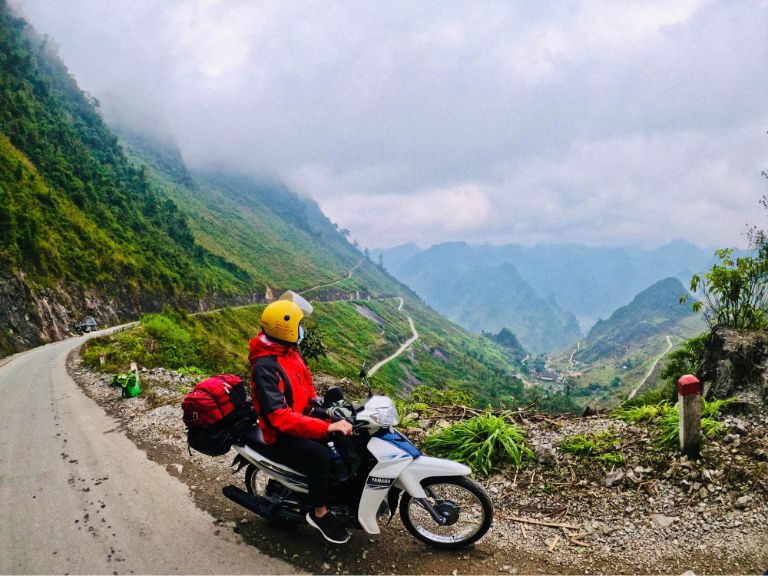
Navigating the Terrain
The terrain is one of the biggest factors that make the Ha Giang Loop difficult. While the paved sections are fine for most vehicles, the rough, winding mountain roads can be difficult to navigate, especially for those not accustomed to riding in such conditions.
In some parts, the roads can be muddy, especially after a rainstorm, so extra caution is needed. Mã Pí Lèng Pass and Đồng Văn Plateau are among the most challenging sections, with steep slopes and hairpin turns. However, the breathtaking views of the mountains and valleys make the effort worthwhile.
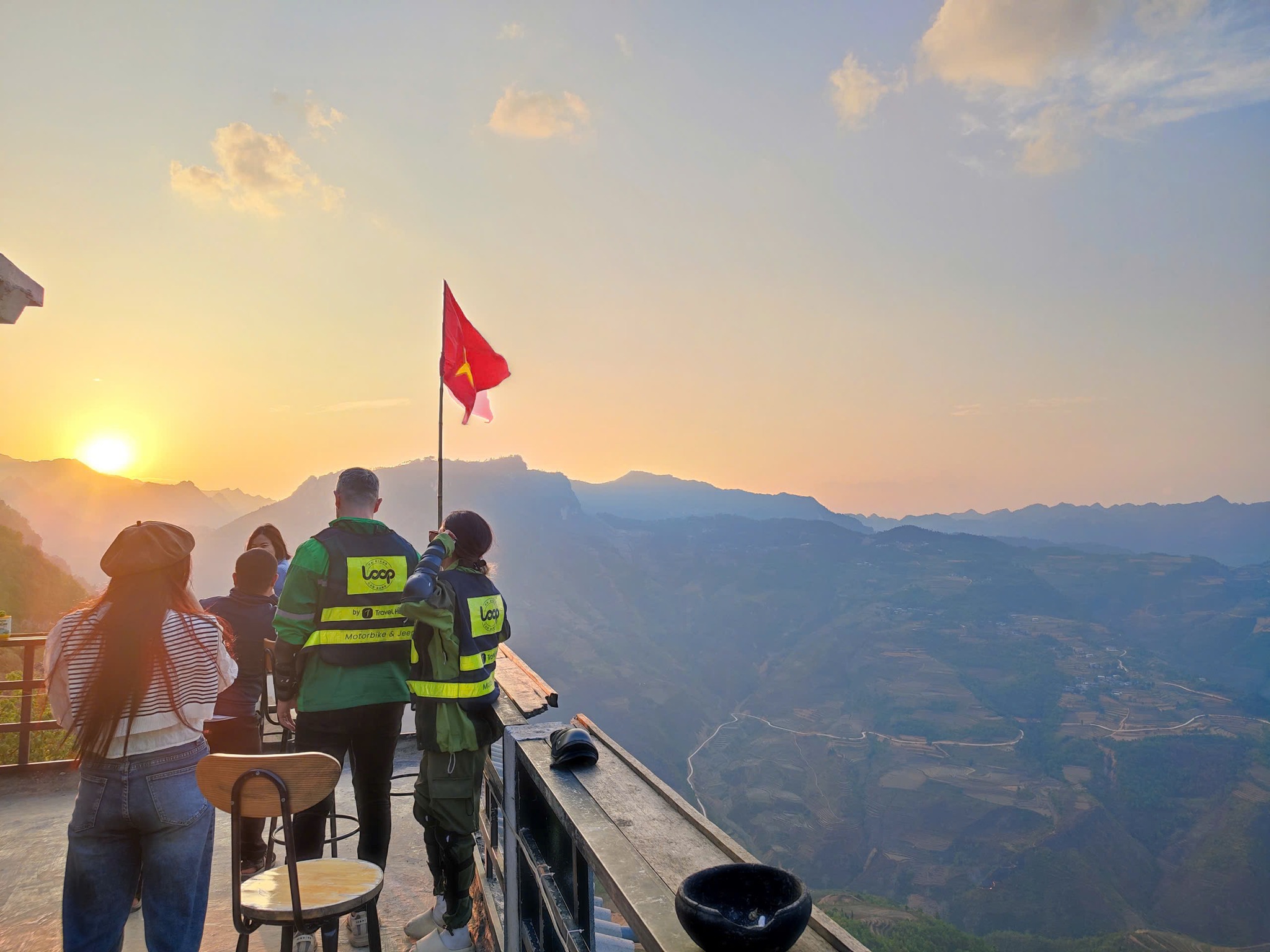
Local Culture and Interaction
While the Ha Giang Loop might be physically demanding, it’s also an incredibly rewarding cultural experience. Riding through small villages and interacting with ethnic minorities like the H’mong, Tay, and Zao communities can provide a unique insight into rural Vietnamese life. These experiences are often what make the journey unforgettable.
Despite the challenges, the local people are warm and welcoming, and you can find plenty of opportunities to stop, chat, and enjoy traditional Vietnamese food along the way.
Safety and Tips for Riding the Ha Giang Loop
Safety is paramount when riding the Ha Giang Loop. To ensure a smooth and safe ride, follow these tips:
-
Wear a helmet: Always wear a high-quality helmet and other safety gear, such as knee and elbow pads.
-
Ride with a group: If possible, ride in a group. This will ensure help is nearby if needed and add to the fun of the journey.
-
Rent a bike locally: Local rental companies offer well-maintained motorbikes designed for the loop. Make sure your bike is in good condition before you start.
-
Follow the road signs: The roads can be tricky, so always watch for road signs indicating sharp turns or slippery conditions.
-
Stay hydrated and fueled: Carry plenty of water and snacks with you, especially if you're traveling through remote areas.
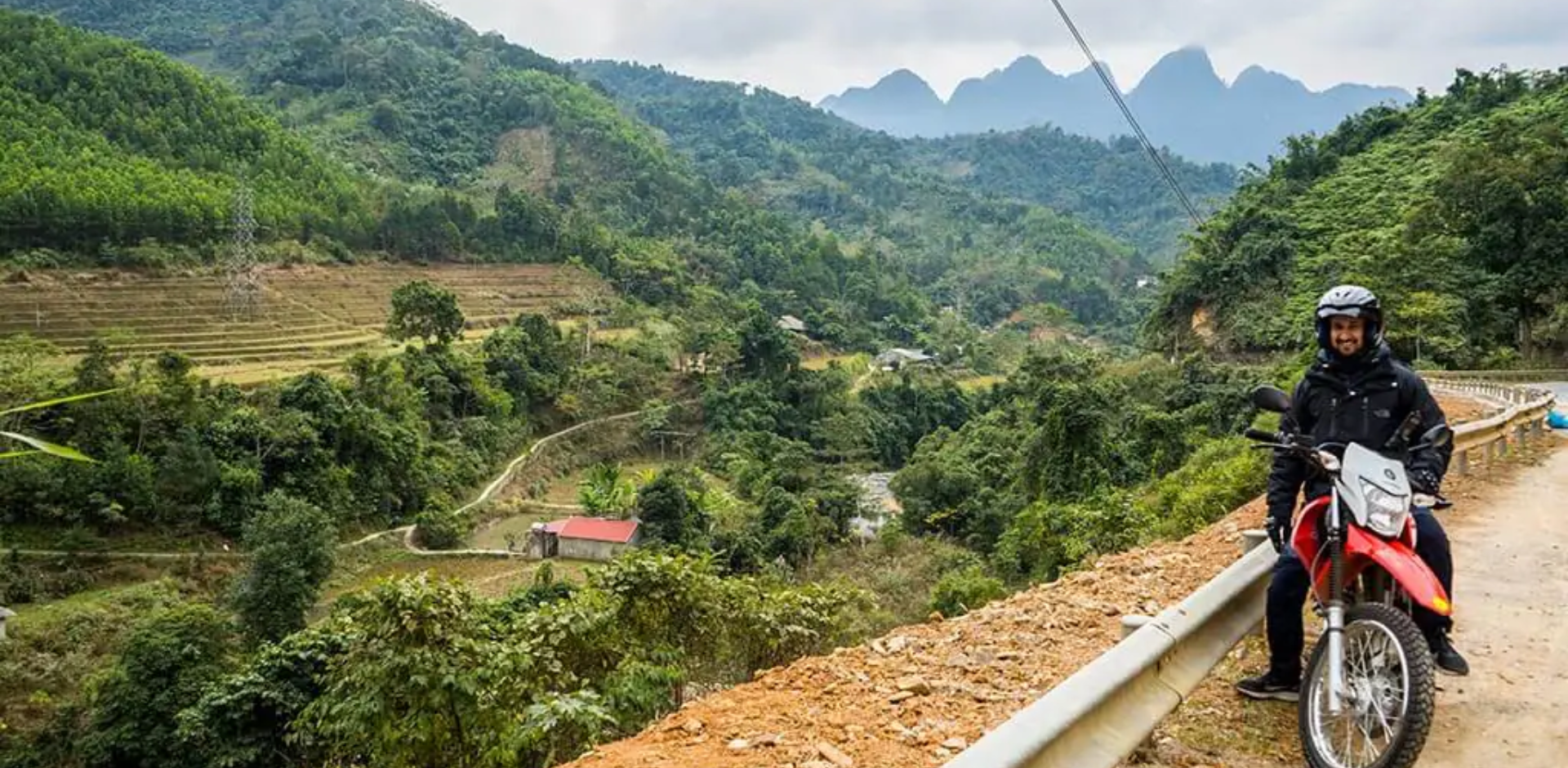
Is the Ha Giang Loop Worth the Effort?
Yes! Despite the challenges, the Ha Giang Loop is definitely worth the effort. The stunning landscapes, the thrill of riding through remote mountain roads, and the chance to experience the unique culture of the local ethnic groups make it an adventure like no other.
If you’re up for the challenge, the Ha Giang Loop offers one of the most beautiful and rewarding travel experiences in Vietnam. Whether you're an experienced rider or a beginner, with the right preparation and mindset, you can conquer the loop and create lasting memories.
Plan your adventure today! For more details and personalized support, contact Thelooptours Hotline: +84329196074.






